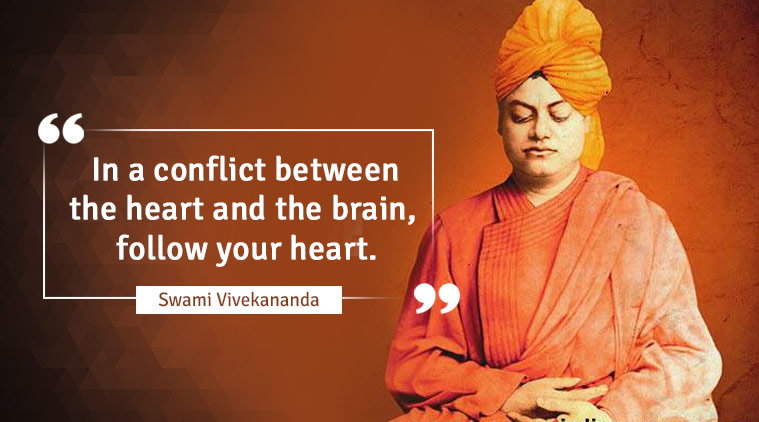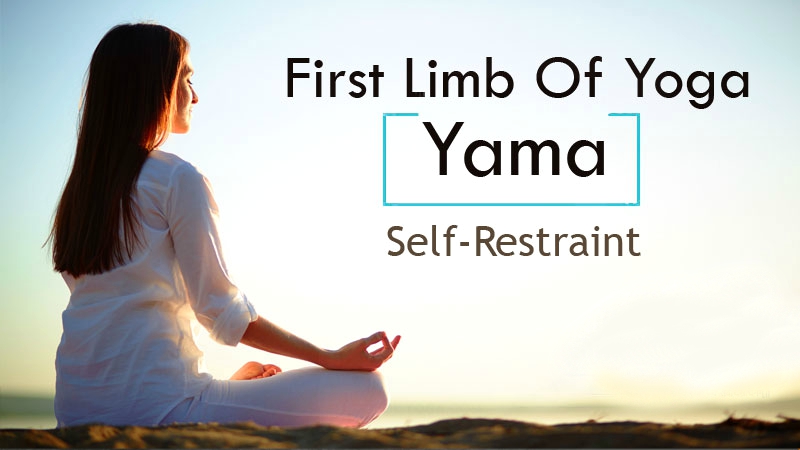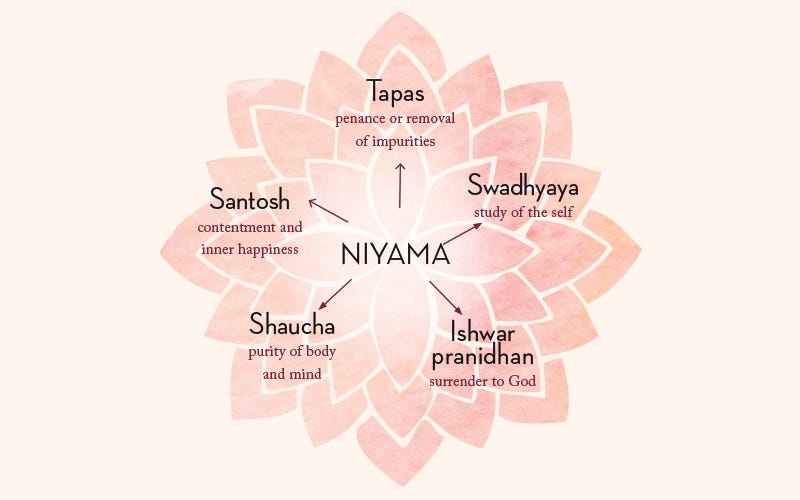Who invented yoga? We barely have a trace of how many people were involved in creating the different yoga styles and types. But it is said to be traced back to 5000 years or maybe 10000 years.
Yoga, the channel to attain the serenity of mind, soul, and body as it evolved into different forms, beliefs, and forms.
History of Yoga
There is uncertainty in the history of yoga because their knowledge that has been transmitted to us is not limited to one person but many people involved in creating yoga that takes us to the fact that most of the enlightenment has been transmitted to us by sacred texts in ■■■■ and written means.

The early yoga transcriptions were stored on the palm leaves, but they could not stand the unforeseen circumstances, they were either lost, damaged, or destroyed. Yoga history has developed and innovated over time and has come with the different types of yoga forms. The yoga history timeline can be divided into four types.
1. Pre- Classical Yoga
The people of Indus Sarasvati Civilization led the foundation of yoga in Northern India over 5000 years ago. The first time the word yoga was used in the oldest sacred of Rig Veda sacred texts. The Vedas is the composition of manuscripts consisting of songs, mantras, and rituals which were to be used by the Brahmans who were the Vedic priests. Brahmans and Rishis were the ones who slowly and with time refined and brought enhancement into yoga. They documented their beliefs and practices in a huge amount containing a collection of over 200 scriptures that collection is known as Upanishads.
The most acknowledged set of yogic scriptures among the people is the Bhagavad Gita, which is even older than the origins of yoga, 500 BCE. The concept of sacrifice and self-resistance was taken from the Vedas and Upanishads internalize that knowledge and taught the importance of sacrificing your ego through Karma yoga and Jnana yoga.
2. Classical Yoga
In the pre-classical period of yoga, many beliefs, practices, and rituals were involved, often they were contradicting each other. In the classical period, the gigantic name that acknowledges who is considered to lead the foundation of yoga is Patanjali. Patanjali’s Yoga- Sutras was the first structured and systematic representation of yoga. Raja Yoga is often known as classical yoga.
Patanjali coined the steps and stages of an “eight-limbed path”, the structure of this yoga led to the attainment of Samadhi or the enlightenment. Patanjali is the pioneer of yoga and his style of yoga inspires most of the modern forms of yoga.
3. Post-Classical Yoga
After giving the formal structure to yoga by Patanjali, yoga masters created a series of practices to rejuvenate the body and life span of humans. They made the physical body the main channel to attain enlightenment and rejected all other practices of Vedas. Tantra Yoga was formulated by the yoga masters which was the radical practice to cleanse the body and mind to break the knots that bind us to physical existence teaching self-actualization. This quest of connecting physically and spiritually the body to the mind, embracing the body as the main source of attaining self-actualization which is now known as Hatha Yoga in the west.
4. Modern Period
With the development in the forms of yoga, in the late 1800s and late 1900s, the yoga masters began traveling the world, acquiring followers, and grabbing attention. The first official introduction of yoga to the world as a study was made by Swami Vivekananda at Parliament of Religions in Chicago in 1893. He vowed the audience on his knowledge about yoga and the universality of the religions of the world. In the 1020s, Hatha yoga was promoted in India with the work of T, Krishnamacharya, and Swami Vivekananda. In 1924 and 1936, the first hatha yoga school was opened in Mysore. Sivananda led the foundation of the Divine Life Society on the banks of the Ganga River.
B.K.S. Iyengar, T.K.V. Desikachar, and Pattabhi Jois were the students of Krishnamacharya, they led the legacy of their teacher and increased its popularity. While Sivananda contributed to yoga by writing over 200 books on yoga ad established the nine ashrams and centers for yoga around the world.
Summary: Yoga has evolved from pre-classical to the modern period, it has now different forms and types. Around the world, it is a celebrated art form and divine source of connection between mind, soul, and body. Its increasing popularity has retained followers and preachers as well that around the world there are millions of yoga centers.
Yoga Sutras
Yoga sutras have been the main source of inspiration and enlightenment to the method of living a balanced and ethical life on and off the mat. Yoga Sutras consist of 195 aphorisms, but modern yoga focuses on the 31 verses that describe the “eight-limbed” method of yoga, which is the ultimate guide to attain satisfaction and mitigation from the suffering. The original work has been refined through the commentaries. The present version of the eight-limbed method defines the context of the creation and how to apply them in contemporary life.
Eight Limbs of Yoga Sutras
• Yama
• Niyama
• Asana
• Pranayama
• Dharna
• Dhyana
• Samadhi
Summary: Yoga Sutras is the founding stone for yoga, as a formal introduction to the world about yoga. Patanjali was the father of yoga and he formulated the eight limbs of Yoga Sutra which were the source to the path of enlightenment for the upcoming generations.
1. YAMA (RESTRAINTS)
Yama is the code of conduct principles that are based on the five codes of ethics that should be observed when interacting with the world. They offer the path on how to act. The five principles are.

• Ahimsa (Non-Violence): Ahimsa is one of the most straightforward meaning to the audience which is the interdicting the violence which is relevant today. Some audiences direct this interpretation to the vegan diet on the ground that all living beings must be treated without any harm and violence. Treating all living beings with kindness and maintaining the cycle of harmony.
• Satya (Truthfulness): The moral conduct baseline of any human being is telling the truth; this code of conduct is not outdated it has stuck with us as the sky to the earth. We are living in an age where alternative lies have become normal, in that place speaking the truth be our ultimate choice and life code to support those who speak the truth.
• Asteya (Non- Stealing): The most prime component of Patanjali Yoga, is the injunction of stealing someone’s property. This is the code of conduct that should be followed in every cycle of life not only mentioning the law but we do steal the things and name it as our own which is wrong for the yogi who is practicing asteya. If it does not belong to you, you refrain from obtaining it too.
• Brahmacharya (Celibacy): Brahmacharya requires the most push while inducting into the lifestyle of the individual. This principle intended to prohibit from doing any kind of sexual activity. Yoga is not the only school of thought that prohibits from involving in sexual activities many other religions prohibit this conduct and promote celibacy. But for today’s yogi householder is the fidelity, constancy and open relationships work as the alternative practice for the Brahmacharya practice.
• Aparigraha (Non-Coveting): This is the test of time and human intellectual of thinking rationally where you need to have a filter to flush out the impurities such as jealousy, envy, greed, and hate these all are green-eyed monsters that have been with us since the beginning of human evolution. To get through, this principle guides you to have the realization that this is happening and try to refrain from it.
2. NIYAMAS (OBSERVANCES)

If yamas work on the outward look of the society then niyamas work on the inward look of the society to acquire improvement in oneself. Niyamas are further divided into categories.
• Saucha (Purification): The main key component in the cycle of the Yoga Sutra is the purification of body and mind from the physical world attachment in preparation for the meditation. Our only source of deviating us from our purpose is our thoughts, so we must identify and release the thought patterns that can deviate us from our purpose. If we can identify the negative thoughts towards ourselves and release them to attain the inner focus towards the positivity and optimistic mindset.
• Santosa (Contentment): The kind of generation we are becoming that we need more and more either it be wealth, money, or status. In modern times, it is hard to be content with ourselves because it has been inhabited into our cultures of wanting more but a little effort has never harmed anyone because always being in constant dissatisfaction and comparison is not the only way. A practical and rational approach to being grateful for what you have can aid us to attain the level of satisfaction with little things in our lives.
• Tapas (Asceticism): In literal means, tapas means igniting the inner heat as encouraging the practices that give temptation to give a boost to inner heat. This is the form of purification of the body and mind through the self- discipline which is carried by performing the practices daily of maintaining postures and meditating which require self-control and refrainment in performing it so.
• Svadhyaya (Study): it is interpreted as self-study, which implies it means introspective. Rather, it means the regular practice and memorization of certain prayers and mantras which is common practice in Hinduism.
• Ishvara Pranidhnan (Dedication to God/Master): It is a tricky one because around the world people interpret it differently. Because God has been part of lives for a very long time and declaration to God has been the practice in many religions.
The original text tells the meaning of Ishvara as the open to interpretation, it could have been master, God, or teacher. Since in India, it was the relationship between the teacher and student, a tradition established in yoga. However, in the western world, surrender to the teacher is not taken as a necessity. To acknowledge this tire, we consider yoga as the part of the spiritual connection between mind, body, and spirit which affects the whole person from its existence and universality of its existence.
3. ASANA (POSTURE)

Well, it seems we are holding ground of the yoga, but what we name the posture and poses we are carrying, they are named as asana. Asana is the practice of all yoga poses; its original interpretation was a comfortable seat. Patanjali’s contribution to yoga does not well-defined instructions other than the necessity to find a particular posture in which to engage in the practices of pranayama and meditation. In terms of yoga sutra, once we have established the connection with ourselves, now we can work serenity of mind. Asana is the basic entry-level for people into yoga.
4. PRANAYAMA (BREATH CONTROL)
About breath control, Patanjali’s work guides the regular practice of inhalations, exhalations, and retentions of the breath in a cyclical manner. Since the eight-limbed focuses on the meditation so controlling breath in a pattern connects you with the present moment, as a result, it helps the body and mind to concentrate on inward growth.
5. PRATYAHARA (WITHDRAWAL OF THE SENSES)
Isolating the consciousness of all the five senses and the distractions offered by the senses is the final stage interpreted in the next steps of the yoga sutra in the meditation process. It is the stage in which you isolate yourself from all the senses that are sound, smell, or sight and let them pass. Your mind is filled with internal energy and let the external factors go unnoticed.
6. DHARANA (CONCENTRATION)
It is the early stage or journey to the meditation process towards freedom and away from suffering. In this stage, practitioners usually focus on one central point. Sometimes, it a navel or some image created in their mind.
7. DHYANA (MEDITATION)
In this stage, the practitioner focuses on the single object excluding all others. We are accustomed to the meditation that clear thoughts and give harmony to the mind, this doesn’t seem to be part of the method but as long as the concentration is focused then it doesn’t matter what the object be.
8. SAMADHI (PURE CONTEMPLATION)
When dhyana is achieved after then you merge your whole attention into the object of their meditation. This has been a method to connect yourself to the divine or with the entire universe. The mind, soul, and body become the channel to the connection between the divine source and the existence of the individual’s real purpose.
Summary: The eight limbs structure of the yoga sutras formulate the stages of enlightenment through meditation. Each stage defines the way of getting closer to the divine source, speaks of the importance of patterns of breath and releasing it. It speaks of putting attention to particular objects and realize the consciousness of five senses and controlling them.
FAQS
1. Did Shiva originate yoga?
Shiva is known as the Adiyogi which means the first yogi, the originator of yoga. He was the one who led the founding ground for yoga.
2. Who popularized yoga?
The man who popularized the concept of yoga was Swami Vivekananda. This person discussed and gave lectures around the world on yoga. It went to the mainstream as around 84 countries estimated 21 million people gather on the day of the International Day of Yoga to offer their respect.
3. What are the books for yoga lovers?
The available books for yoga are.
• Deepen your understanding by reading the original manuscripts about yoga
• The Wisdom of Yoga: A Seeker’s Guide to Extraordinary Living
• The Secret Power of Yoga: A Woman Guide to the Heart and Spirit of the Yoga Sutras.
4. What is the purpose of yoga?
Yoga’s fundamental principle is to embolden serenity body, mind, and spirit with the external environment and with oneself. The purpose of yoga to maintain the balance between physical, social, and spiritual aspects of human beings. The complete structure to realize the inner strength within oneself.
5. What are the first 4 Yoga Sutras?
There are four chapters named, Samadhi, Vibhuti, Sadhana, and Kaivalya. Each chapter is the further step for getting closer to enlightenment and actualization of inner peace and focus.
Conclusion
Who invented yoga? So now we know there were many people involved in leading the foundation and sowing the seed of yoga and reaping into an art form, a study and now for most of the people, it is a strong belief. Its purpose has been well served by its followers and teachers that an International Day of Yoga is celebrated around more than 84 countries with an estimated more than 21 million people.
The importance of yoga is delivered in many different forms of yoga and delivering the message of harmony, connecting the mind, body, and soul with the divine source.
